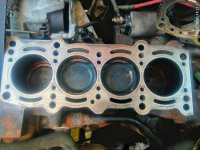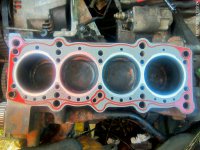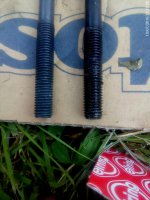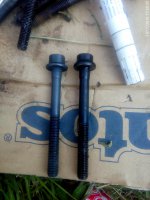- Joined
- Jan 20, 2013
- Messages
- 6,151
- Points
- 1,228
tightening 16v head
so i know the " torque" and tightening sequence, but is there anything else i should do before putting gasket on and torquing, should i use sand paper for block cleaning?
also that 90 degree torque, does it rly have to be tightened like that or is that just exaggerating
at what nm should i set my torque wrench
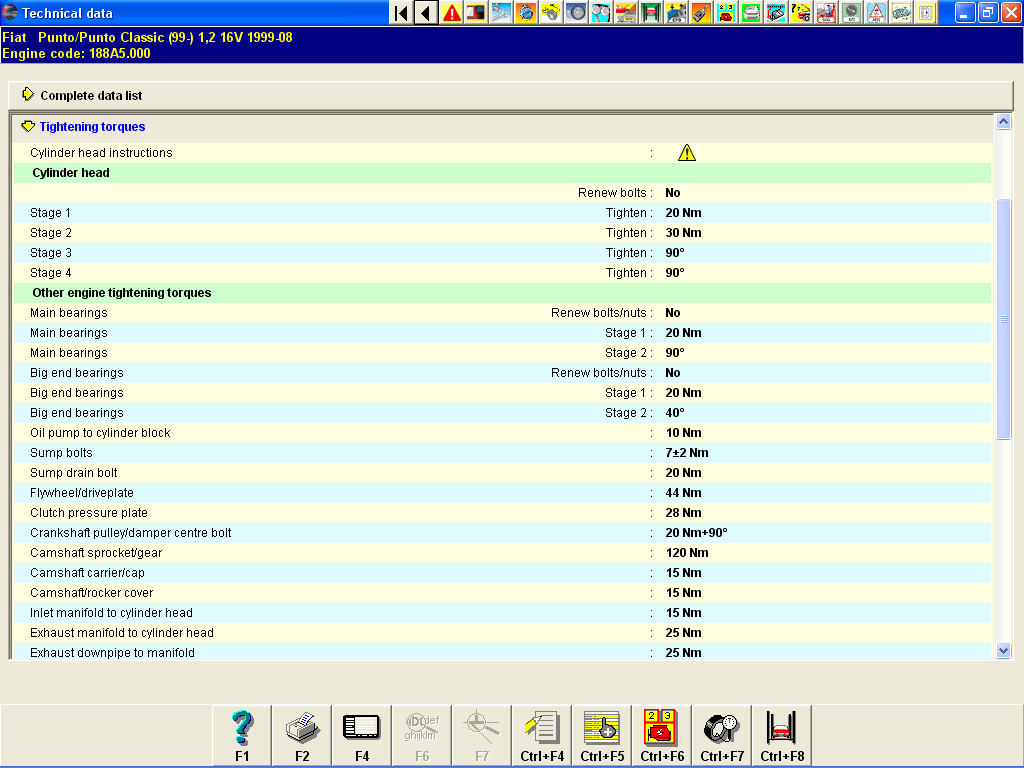
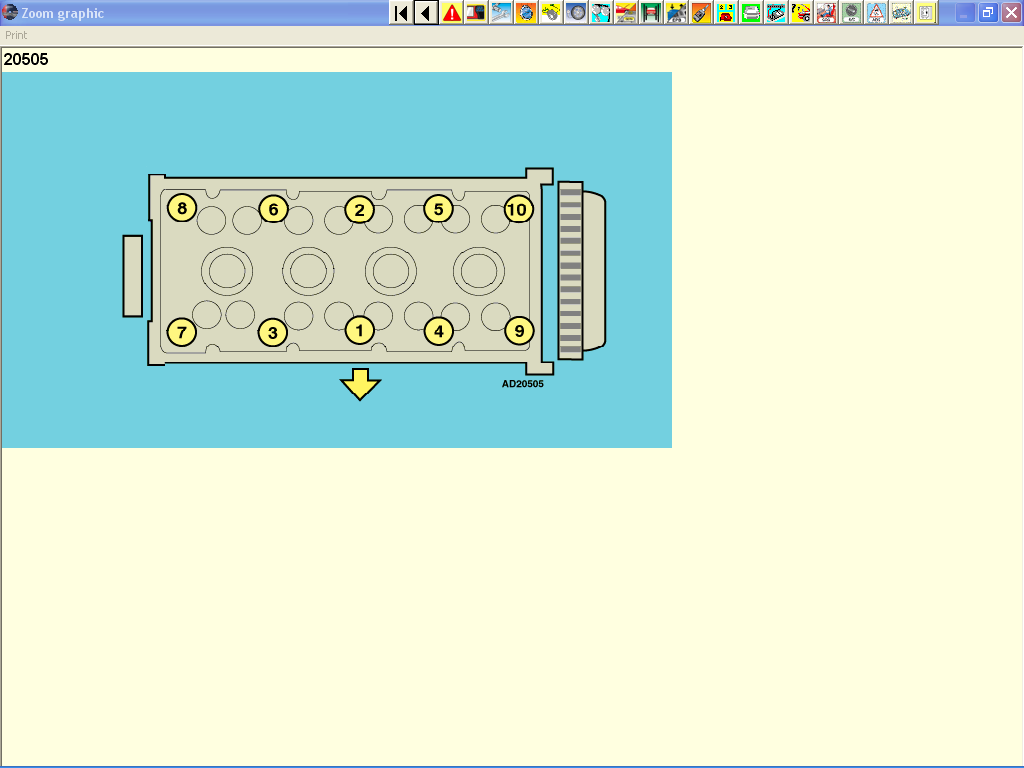
so i know the " torque" and tightening sequence, but is there anything else i should do before putting gasket on and torquing, should i use sand paper for block cleaning?
also that 90 degree torque, does it rly have to be tightened like that or is that just exaggerating
at what nm should i set my torque wrench
Attachments
Last edited:





